Indoor plant transplant calendar by month
Lunar phases are called periods of time during which the full renewal of the moon occurs. This happens every 28-29 days. The beginning of the lunar phase is marked by a new moon and is characterized by a waxing moon period, and the end is a full moon and a waning moon. Astrologers argue that in the lunar growth phase, living organisms take better everything that is useful, therefore all procedures have a positive effect. This opinion is also shared by flower growers who carry out transplant plants exclusively on favorable days for this.
When applying the lunar calendar, it should be remembered that the new moon is replaced by the growth phase, and the full moon is replaced by the aging phase. Therefore, experienced florists recommend transplanting flower crops in the first week and a half after the birth of a month. It is on the growing moon that all the life processes of plants work in full force: damages heal faster and stress passes more easily. Therefore, at this time, the flowers take root better and grow actively after transplantation.
Content:
- The benefits of the lunar calendar for transplanting indoor plants
- Why transplant potted plants
- Plant transplantation by month: favorable and unfavorable days
The benefits of the lunar calendar for transplanting indoor plants
The creators of the lunar calendar mark suitable and unsuitable days for various manipulations with indoor green crops. Ornamental plants are quite capricious and often react painfully to minor injuries: they stop growing, start to hurt and die.
To avoid this, experienced florists recommend adhering to the scheme outlined in the lunar calendar, because it is practically proven:
- the influence of the lunar cycle on living organisms. In people, this is expressed in differences in well-being Today, a person feels great, cheerful and vigorous, and sometimes there is a feeling of sickness and depression
- the process of sap flow in plants is controlled by the moon
- planting and transplanting plants on favorable days marked in the lunar calendar leads to better rooting and more active growth, development and flowering
The transplanting process is stressful for green crops. At this point, the plant is susceptible to various injuries - leaf breakage, stem damage and root system damage. And following the hints of the lunar calendar, harm can be minimized:
- the lunar calendar is presented in the form of a table in which good and bad periods are noted for carrying out various manipulations with indoor plants
- during specific lunar phases, there is an outflow of juice from root system and inflow to stems and leaves, so the root structure becomes more pliable and the plant takes root better in the ground
- using the table of moons, you can grow beautiful and healthy flowers at home. But if the flowers suddenly fall ill, then an emergency transplant is required, aimed at saving the green friend. Therefore, you need to carry out an unscheduled transplant, even if this day is marked as unfavorable in the lunar calendar.
It should also be remembered that even during favorable periods, it is not worth replanting plants during flowering. Such activities will lead to early dumping of flowers and oppression of green culture.
Why transplant potted plants
In their natural habitat, green crops feel complete freedom and occupy the territory they need. Under indoor conditions, the development of the root system limits the size of the planting capacities... Over time, the roots entwine all the available soil, the plants become cramped and there is a lack of useful microelements.
Therefore, the process of transplanting indoor flowers is an integral part of care and should be carried out regularly.
Transplant intervals are determined by the rate of growth and development of the plant. Some flowers should be replanted annually, while others that grow slowly can be replanted every few years.
Often the flower itself tells when it needs a transplant:
- the root system entwined with an earthen ball and went beyond the soil. This is clearly seen when watering the plant. And sometimes you need to remove the flower from the container and check the condition of the roots
- overgrown roots begin to fall out through the drainage holes or have an unhealthy appearance, signs of damage pests
- the plant stops growing, the leaves turn yellow, wither and fall off
The biological needs of different crops should also be considered. Some plant varieties lack the usual fertilization and need to change the soil annually. Another factor is inappropriate soil.
Any transplant is stressful for the plant, so you need to take into account some points when the flowers absolutely cannot be subjected to this procedure:
- immediately after changing the usual conditions, the flower needs to acclimatize. This process lasts about two to three weeks and after this time, you can carry out a transplant
- flowering plants should not be manipulated, because they will devote all their strength to rooting in a new pot and quickly shed all the buds
- at the time of recovery from an illness, the plant spends a lot of energy, so unnecessary stress can lead to death
But the last point has an exceptional point - a transplant is required if the disease has struck the roots of the culture. In such situations, soil replacement and removal of all affected areas is necessary.
Plant transplantation by month: favorable and unfavorable days
The developers of the lunar calendar have tried to create a convenient scheme for organizing the care of green crops at home. And the designation of favorable and unfavorable periods will allow you to navigate the timing and planning of manipulations, taking into account the lunar phases.
For each month, there are good and bad periods on different days.
January for many plants is a month of rest, so it is not recommended to replant them during this period. But if the prerequisites for manipulation arise, then you need to do this exclusively on the good days indicated in the lunar calendar:
- favorable periods are the first three days of the month and the last one and a half weeks
- unfavorable days in the lunar calendar indicate the interval between the first and third weeks of the month
In the last winter month, many growers prepare flower crops for the new season. At this time, green crops wake up and they can more easily tolerate transplants:
- good days are dates: from 13 to 17, as well as 21-22 and 27, for sheet days - from 3 to 8
- unfavorable numbers for manipulation are: 1-2, 5-6, 9-10 and the period from 23 to 26
The beginning of spring is marked by the active development of plants and they can be safely replanted guided by the lunar calendar:
- you can carry out transplant manipulations in the period from 1 to 11 and from 28 to 31
- it is not recommended to carry out transplants from 13 to 27
- you can not carry out the procedure on the 12th
In April, many plants enter the flowering phase, so transplants are made only as needed:
- favorable periods are the beginning and end of the month
- dates in mid-April are unfavorable
In the last month of spring, it is customary to plant seeds and plant green crops. During this period, some plants begin to take out into fresh air:
- the transplant will be successful if it is carried out in the second and last week of the month
- manipulations should not be carried out in mid-May
In the first summer month, indoor flowers are threatened by attacks of harmful insects, and in case of defeat, you need to take the necessary measures:
- good days for transplant are periods from 1 to 8 and from 25 to 30
- avoid such events is recommended from 10 to 24.
In July, plants should not be transplanted, given the too hot weather, but if necessary, it is better to carry out the procedure only at a good time:
- good periods for manipulation are from 1 to 8 and from 20-31
- activities should be avoided between 10 and 19
The last month of summer is also not particularly suitable for transplantation, but if necessary, the procedure is carried out in the second half of the month, and in the first, manipulations should be avoided.
At the beginning of autumn, plants are gradually being prepared for a dormant period - they are brought into the house, irrigation procedures and fertilization are reduced:
- transfer is possible in the first week of the month and in the last ten days
- avoid the procedure in the second and third week
More information can be found in the video:
Transplant flowers in October:
- recommended in the first four days and in the last two weeks,
- it is forbidden to carry out the procedure from 7 to 20
November is considered an unlucky month for transplanting - at this time, the plants are preparing for the sleep period and you should not disturb them once again.
- the procedure will be more successful if it is carried out from 14 to 16 and from 26 to 28
- on other days it is not recommended to do this
In December, the plants rest and are transplanted only if absolutely necessary.
- the most suitable days for this are marked in the lunar calendar: 1-2, 11-13, 19-20, 24-24
- at other times, flowers should not be transplanted, and on the third day it is strictly forbidden
Many flower growers have already appreciated the benefits of lunar calendars and adhere only to favorable periods when planting and transplanting with color. They noticed that following such rules helps plants to take root and begin their development faster, and also, following the advice, flowering plants endow their owners richer.



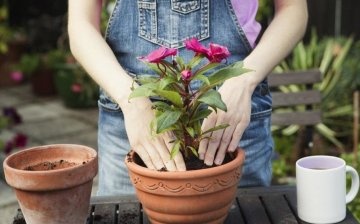
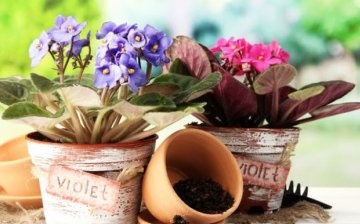
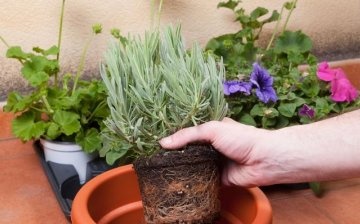
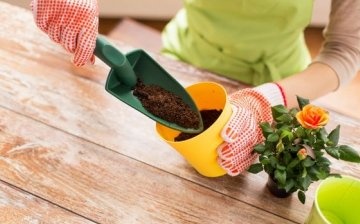







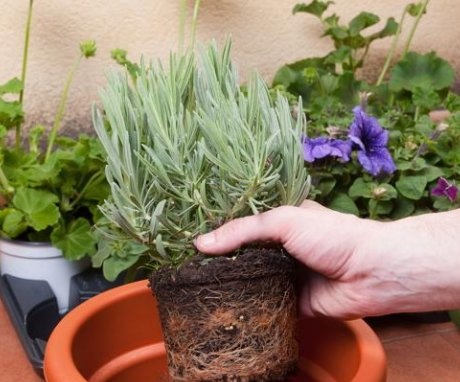
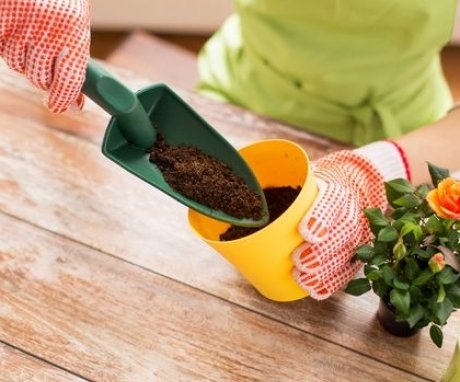
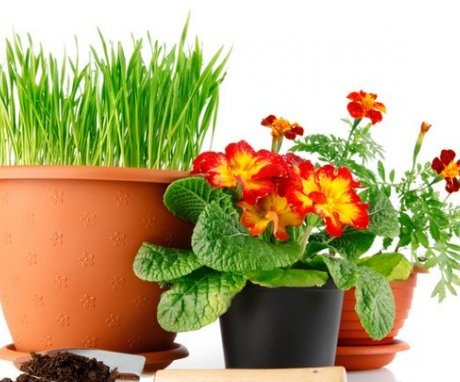
When transplanting plants, my mother pays attention not only to lunar days, but also to the signs of the zodiac, it is not good to plant plants, for example, when the sign is in Aquarius, it is believed that the plant will simply rot.